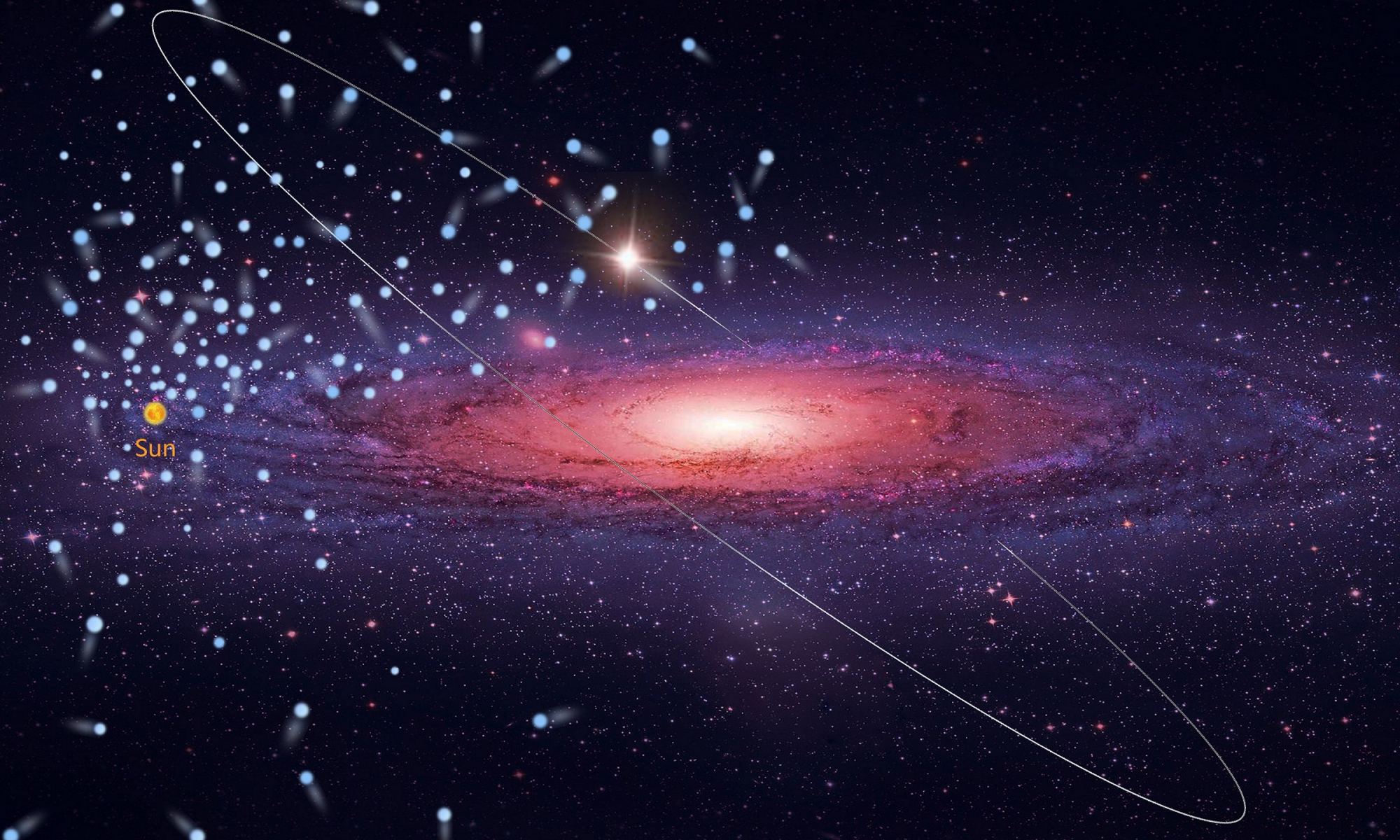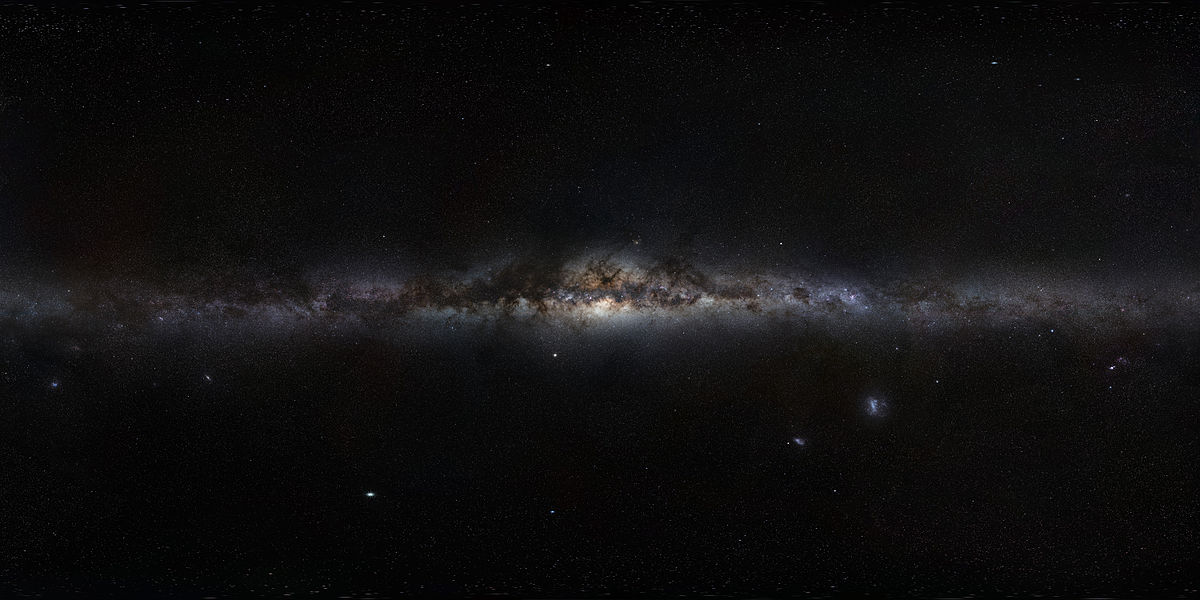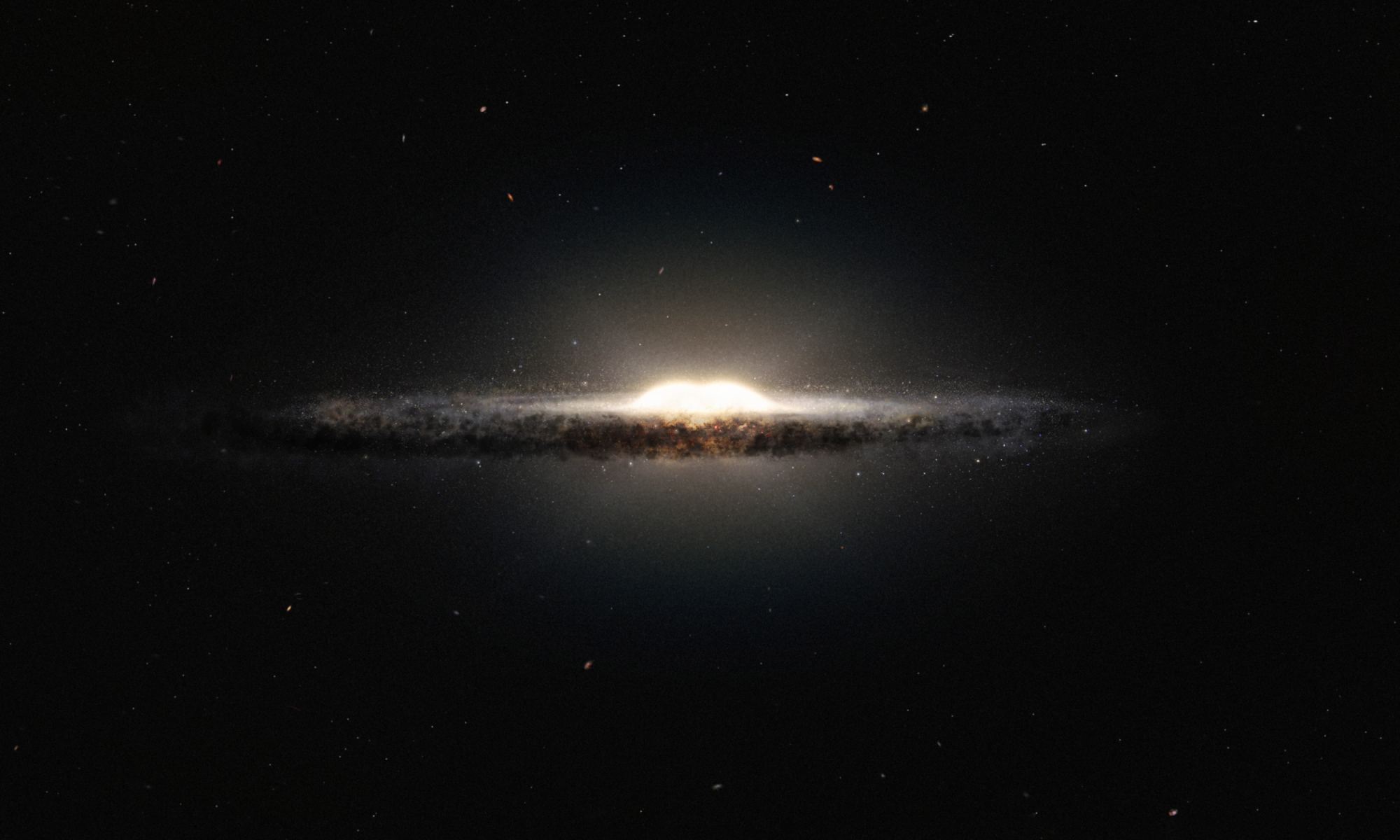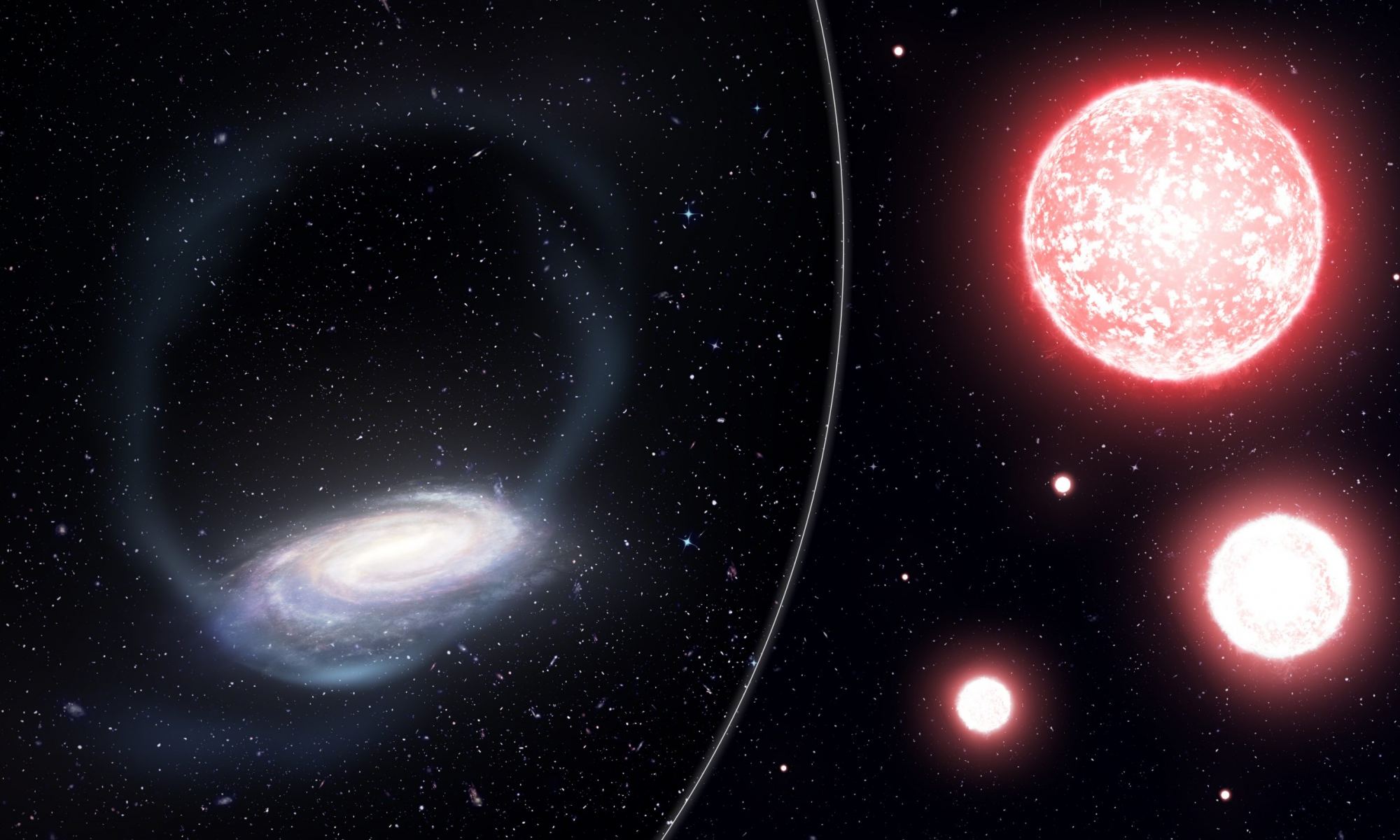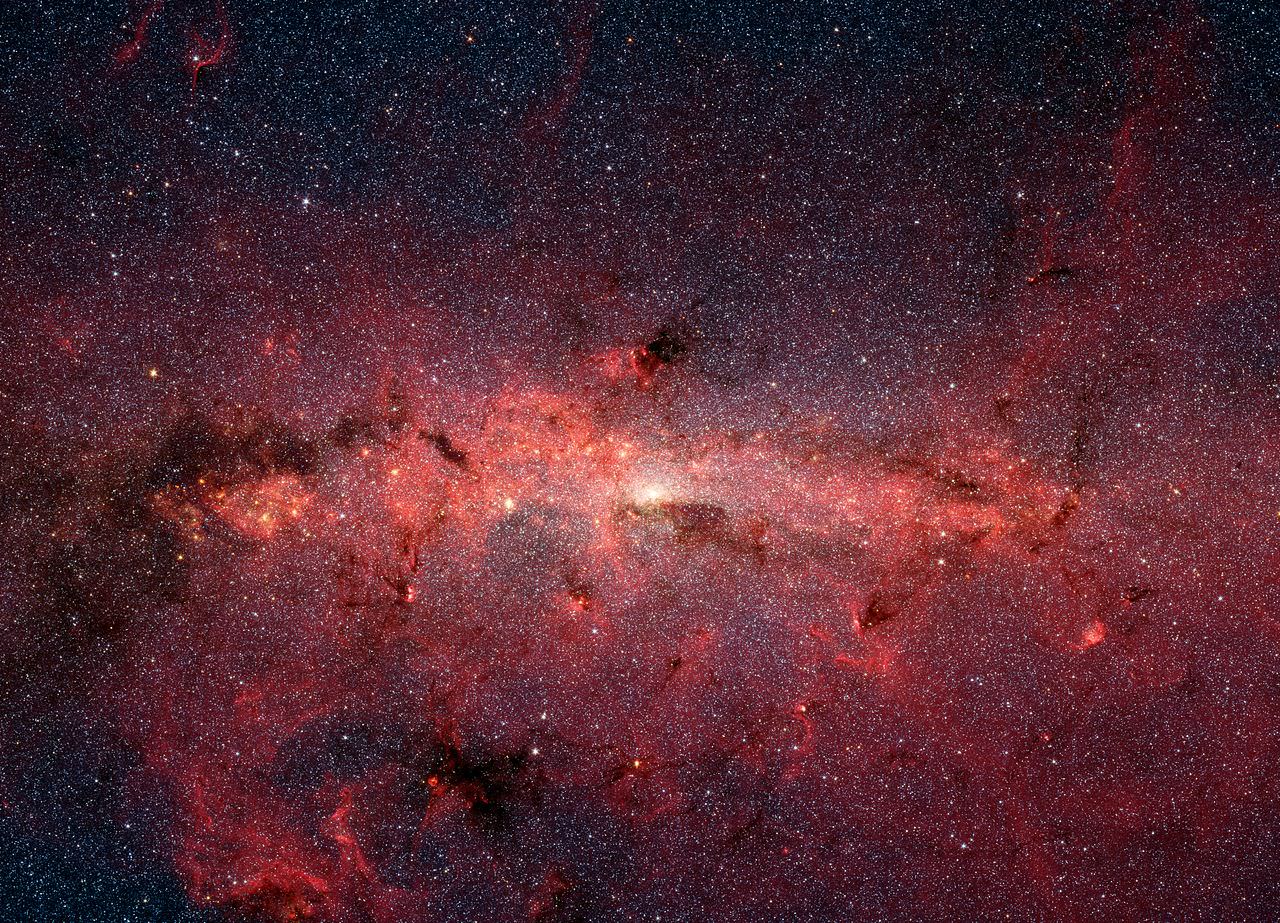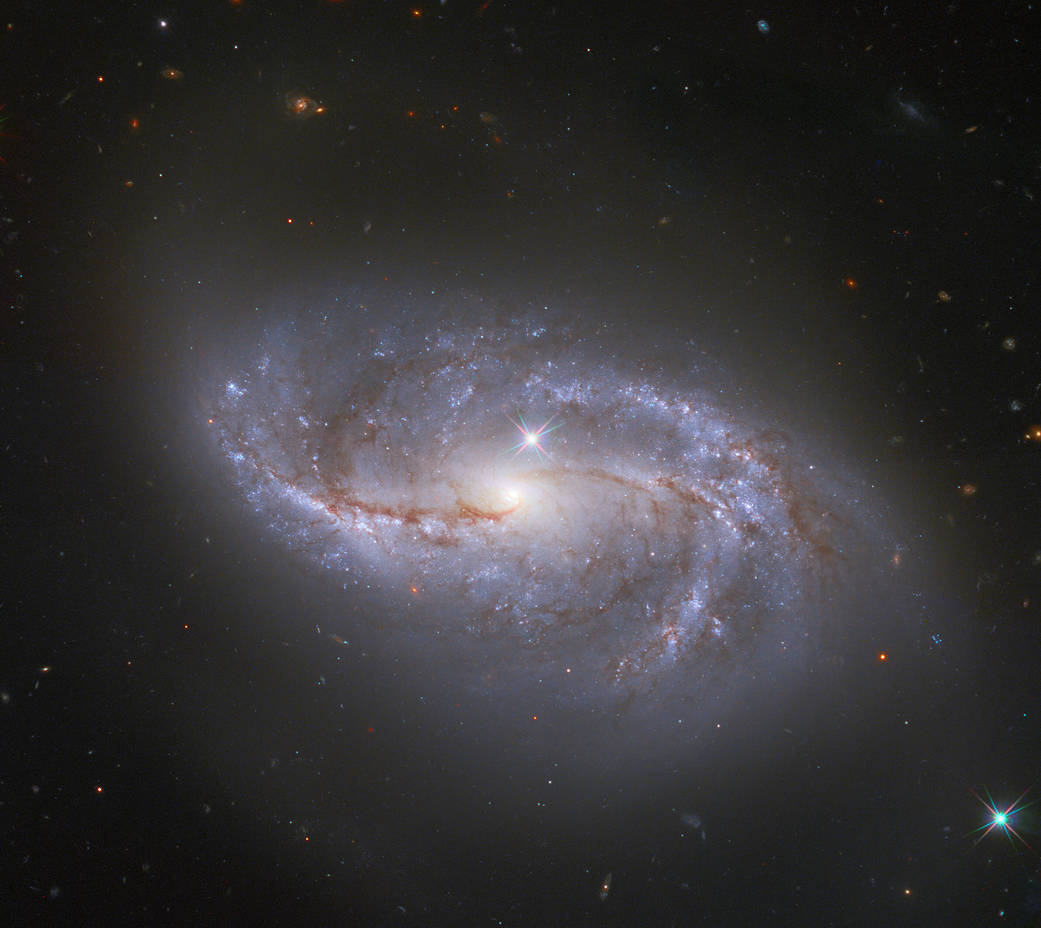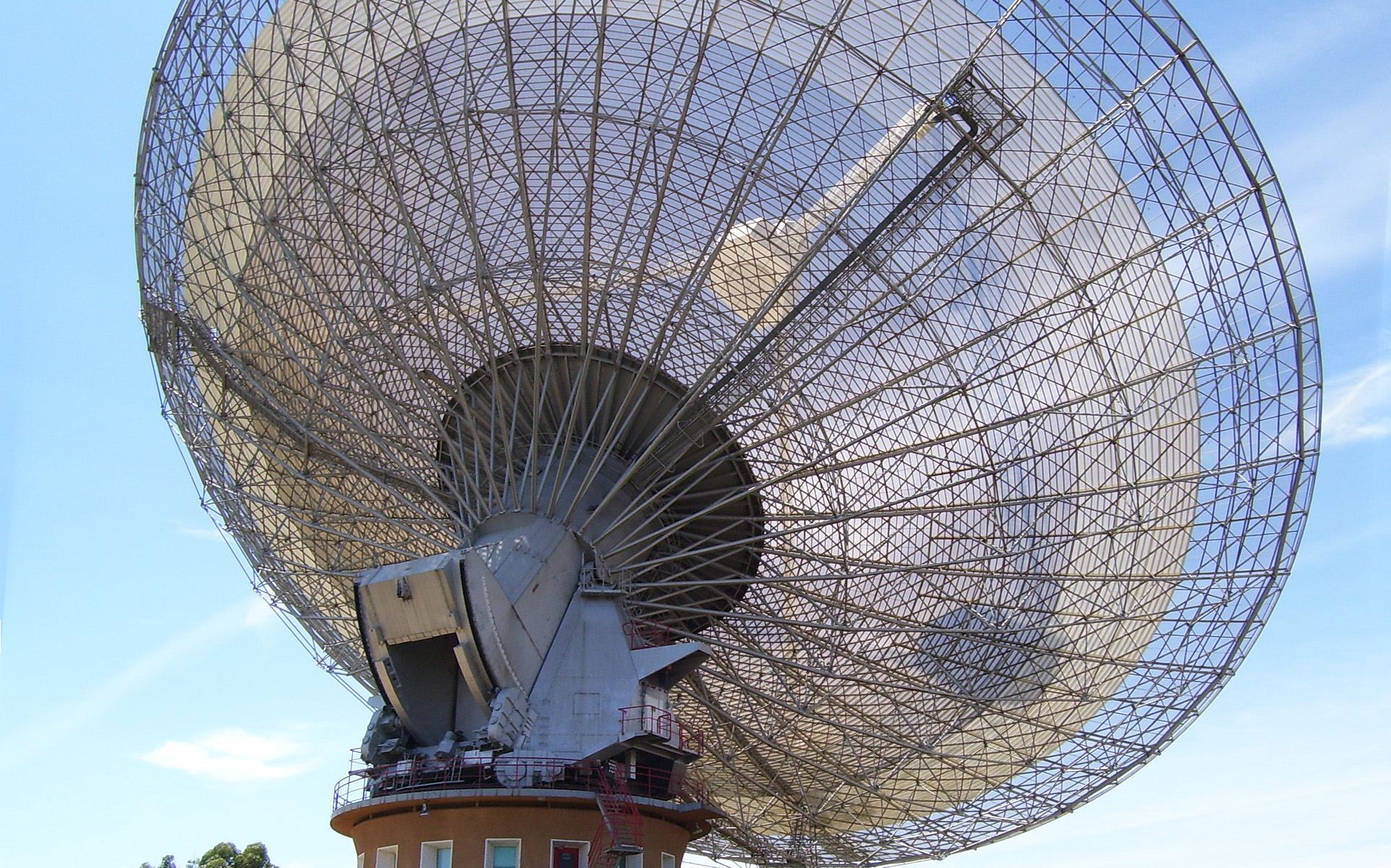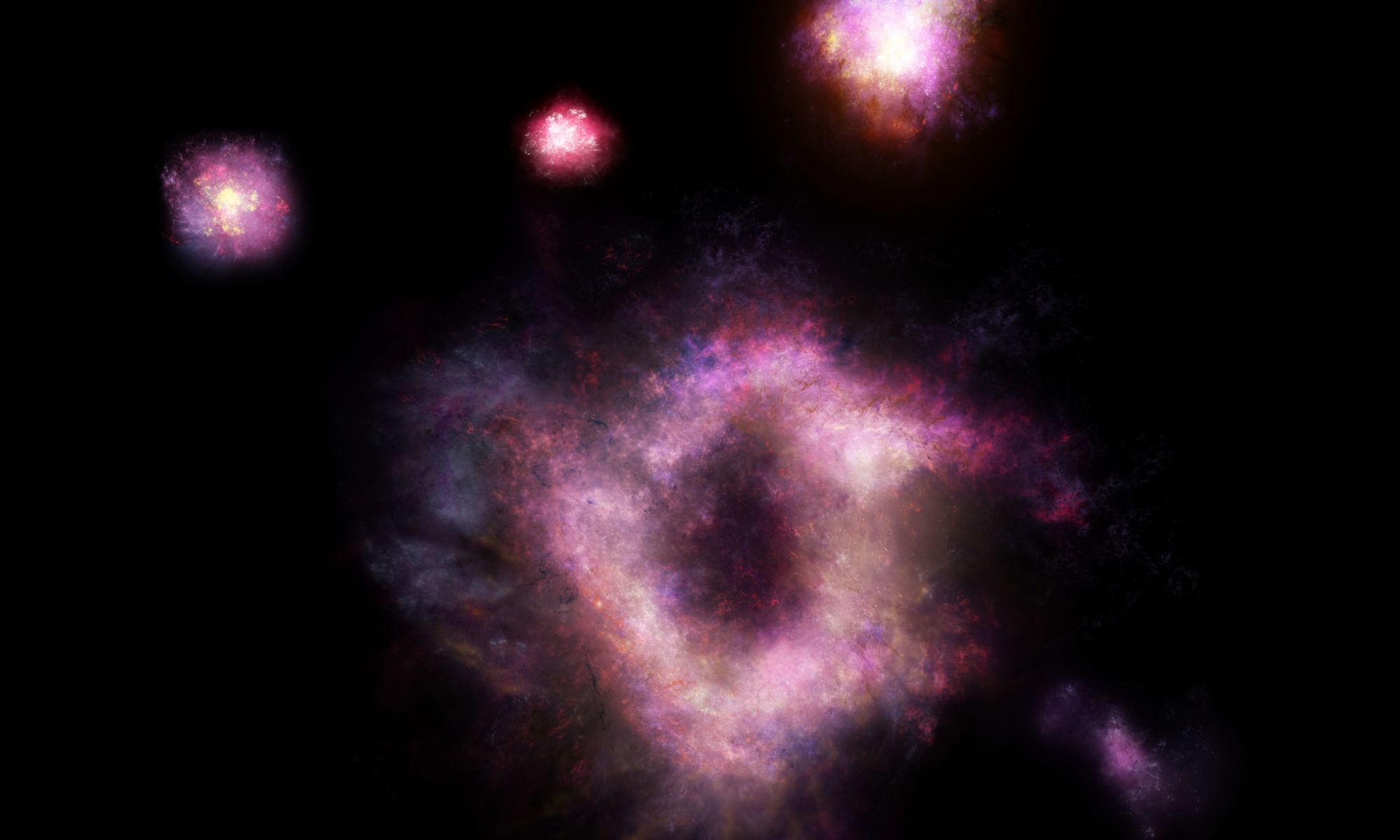Within our galaxy, there are thousands of stars that orbit the center of the Milky Way at high velocities. On occasion, some of them pick up so much speed that they break free of our galaxy and become intergalactic objects. Because of the extreme dynamical and astrophysical processes involved, astronomers are most interested in studying these stars – especially those that are able to achieve escape velocity and leave our galaxy.
However, an international team of astronomers led from the National Astronomical Observatories of China (NAOC) recently announced the discovery of 591 high-velocity stars. Based on data provided by the Large Sky Area Multi-Object Fiber Spectroscopic Telescope (LAMOST) and the ESA’s Gaia Observatory, they indicated that 43 of these stars are fast enough to escape the Milky Way someday.
Continue reading “Astronomers Discover Hundreds of High-Velocity Stars, Many on Their Way Out of the Milky Way”
